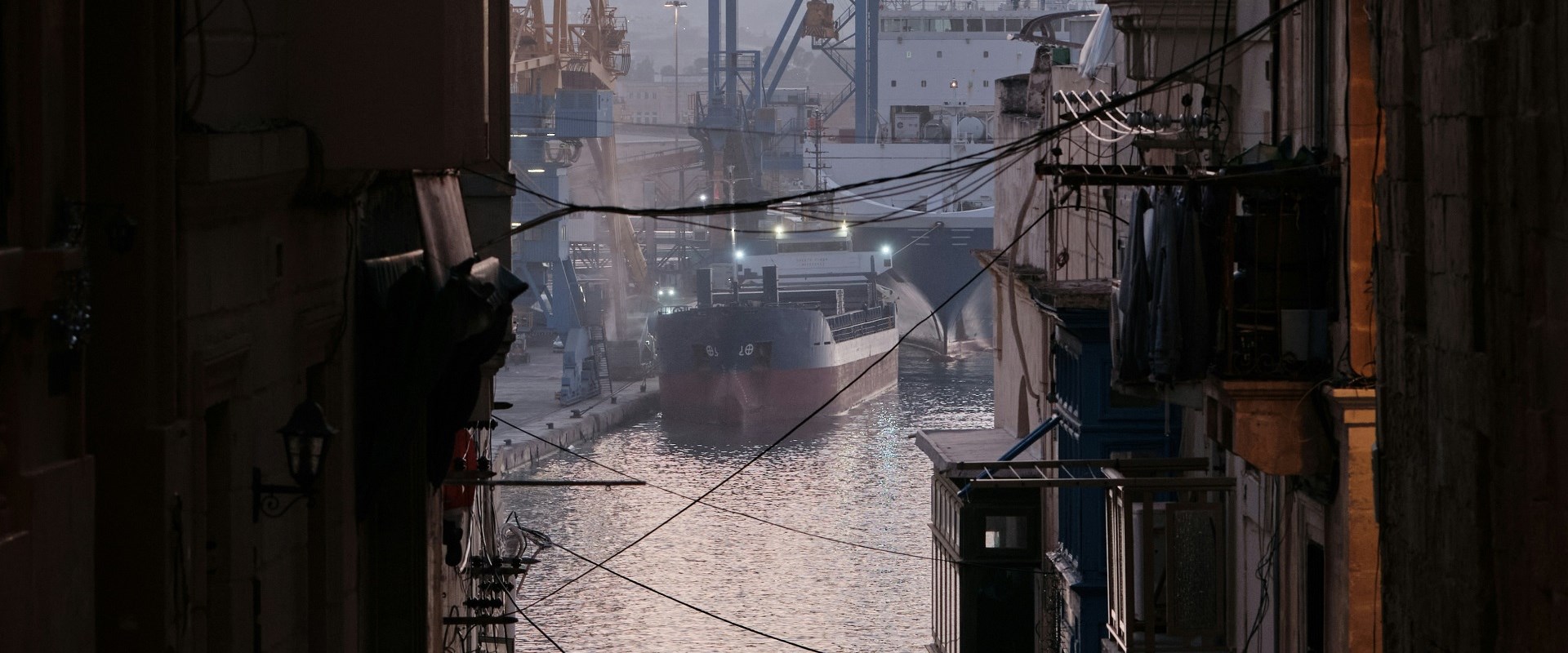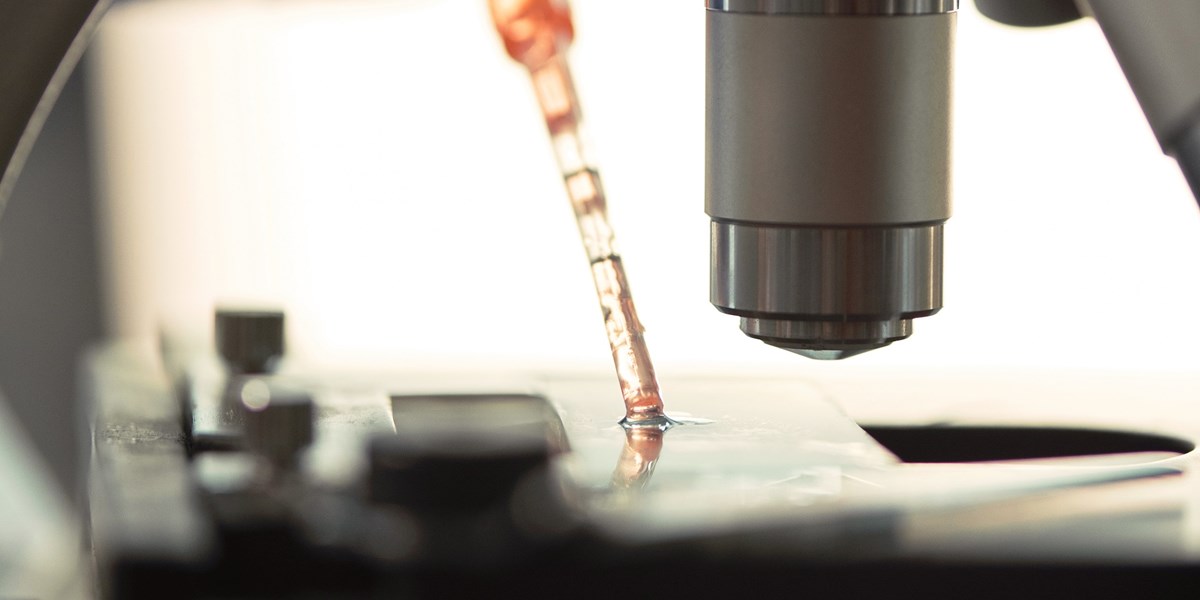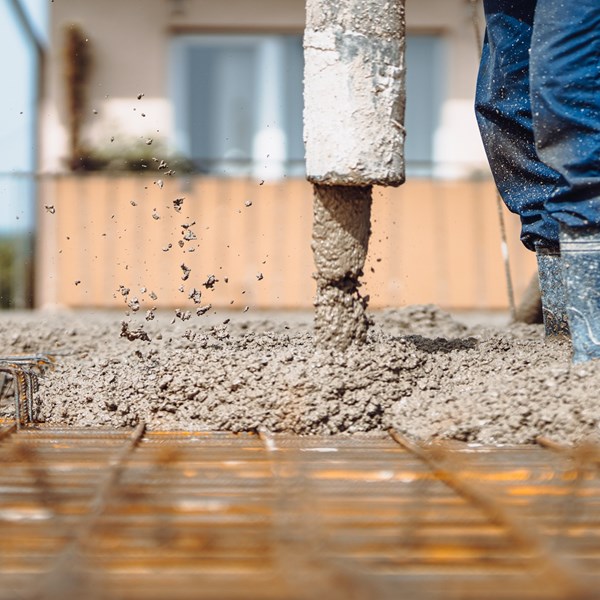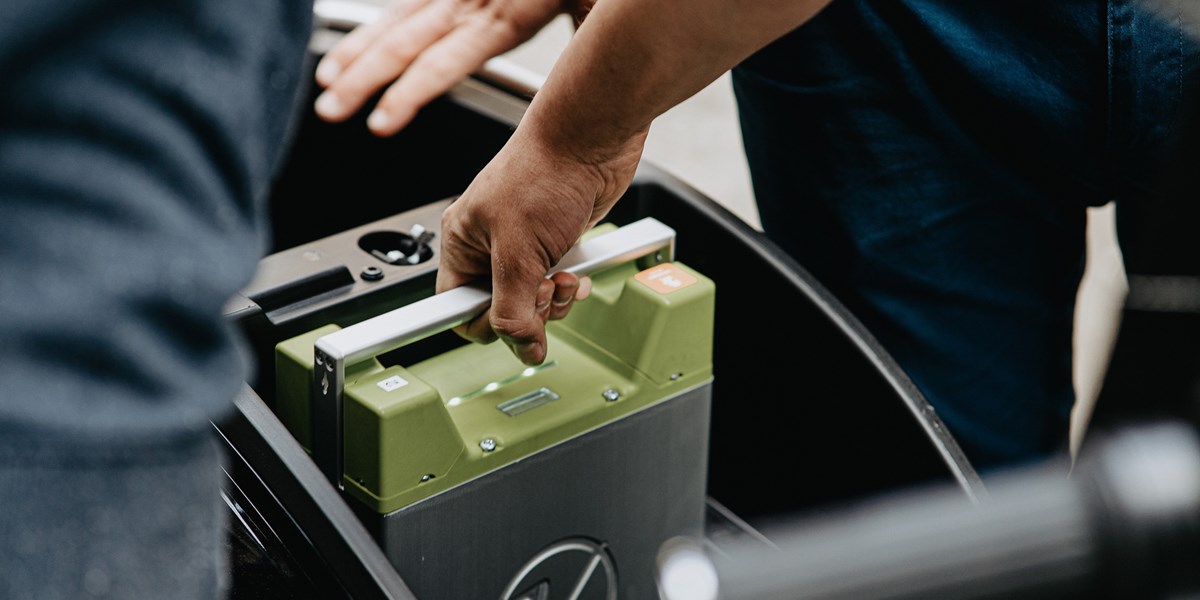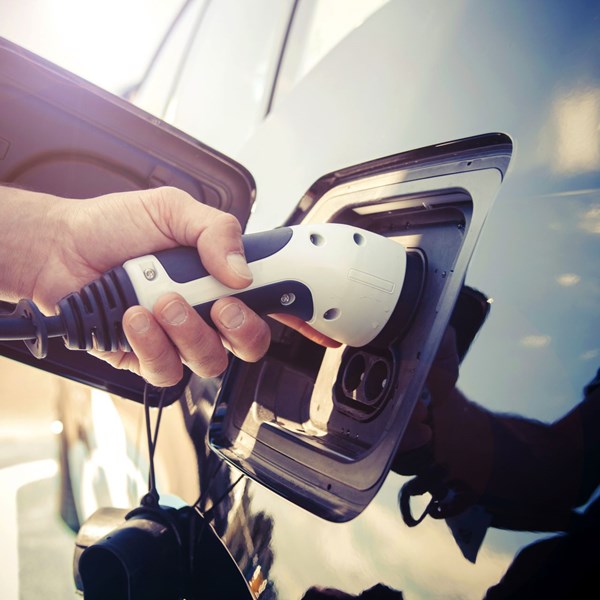The decarbonisation of the shipping industry demands ports to find more sustainable ways to operate as much as the decarbonisation of vessels. In this article we look at how hardware innovation could help decarbonise ports.
Ports provide many functions. Therefore, they require complex infrastructures. Functions directly connected to shipping include providing quays, refuelling facilities, loading and unloading, dry bulk storage, cleaning, administrative functions, and crew and staff facilities. Ports can also host factories, power stations, refineries, and facilities supporting offshore industries. All these functions can, and need to, become more sustainable.
REFUELLING FACILITIES
While alternative ship propulsion such as wind power has been steadily gaining acceptance, most ships still use fossil fuels such as marine gas oil or heavy fuel oil, which produce a significant amount of greenhouse gas (GHG) emissions.
However, the introduction of legislation such as the recent extension of the EU’s Emissions Trading System to cover emissions from all large ships entering EU ports and the FuelEU Maritime Regulation that came into force on the 1st January 2025, has forced the shipping industry to focus on research and development of alternative fuels.
A change in fuel type requires adaptation of port facilities to enable alternative fuel storage and supply (fuel bunkering).
There is as yet no “standard” cleaner fuel nor a solution that would be accepted industry-wide, with different options currently being tried. Liquefied natural gas (LNG) is used and is perceived as cleaner than traditional fuels due to reduction of emissions compared to traditional fuels. However, questions remain over the actual environmental cost of using LNG when the whole LNG supply chain is taken into account.
Biofuels, derived from vegetable oils, are now also used, mostly blended with traditional fuels. Hydrogen, methanol, and ammonia have been also proposed as options, but each has its own disadvantages, such as safety risks (ammonia, methanol) or lower energy density (hydrogen).
Ports have been adapting to the changes in demand. Ports such as Singapore and Rotterdam now provide LNG bunkering facilities, while Yokohama Port is developing green methanol bunkering infrastructure.
Adoption of cleaner fuels should lead to lower GHG emissions but using renewable energy would cut those down even further. Renewables would also minimise the need for fuel transport, multiplying emission savings at a stroke.
POWERING PORTS
In contrast to the situation with alternative fuels, energy supply and storage can benefit from existing technology. This is not to say that adaptations and innovations are not required, but ready-to-deploy solutions do exist in this sector.
Many ports have been switching to renewable energy to power their operation. For example, Shoreham Port, Nort Sea Port, and the Port of Rotterdam use electricity generated by onsite wind turbines.
Renewable energy can also be used to recharge electric vessels in port. Interestingly, however, Swedish company SeaFjord Energy has developed an e-bunker vessel that can recharge batteries on other vessels offshore. This extends the length of time and range for e-powered vessels before they need to return to port.
OFFSHORE CONSTRUCTION SUPPORT
Modern ports also provide support for offshore constructions. For instance, a floating wind turbine is typically assembled and anchored to the floating support in a construction port before being deployed offshore. Crown Estate’s Supply Chain Accelerator to support the port’s redevelopment as a hub for floating offshore wind.
INDUSTRY IN PORTS
Large ports often host chemical factories, (bio)fuel factories, and refineries. Any improvements in sustainability appropriate for these types of industries are applicable in ports as well. These improvements include electrifying processes where possible, using renewable energy, using waste heat, and implementing innovative manufacturing processes can lead to emissions and pollution decreases. For example, a zero-carbon electricity-powered cement plant is planned at the Port of Amsterdam.
LOGISTICS
Ports are, by definition, logistics hubs, but port operation itself requires movement of goods and people. This makes decarbonising logistics a major target for ports actively working to become greener in terms of their operations. This may include using low-carbon vehicles, designing the port to optimise routes, optimising the supply chain to minimise movement of goods, and improving energy efficiency of warehouses.
PORTS AS MINI CITIES
Ports are effectively settlements, requiring construction, maintenance, administration and communication, as well as facilities for people on site. As such, sustainable solutions developed for cities can be applied in ports as well.
THE FUTURE OF DECARBONISING PORTS
Making ports sustainable is no longer a nice-to-have but a necessity. Successful approaches will likely deploy both existing technology and cutting-edge innovations and the potential market for innovative technology for shipping and port decarbonisation is huge.
If you are innovating in the maritime industry, please get in touch. Our cleantech team is here to help you to identify, protect, and monetise your IP.
